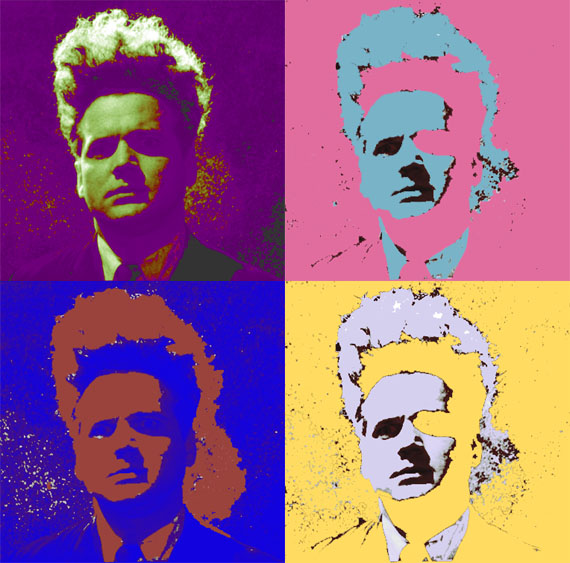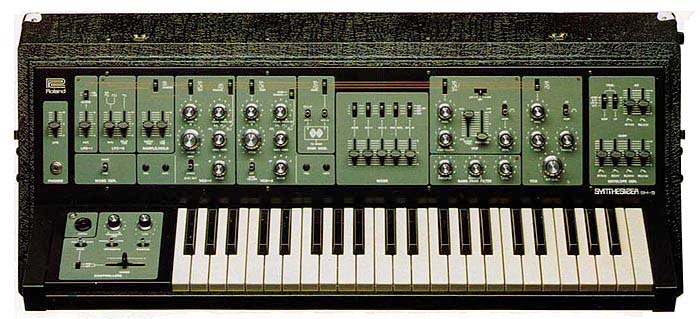
I was fairly excited to watch Eraserhead because I keep hearing about Lynch and I don't think I've seen any of his other films. I really enjoyed it - I'd definitely prefer to see something totally different than another boring movie stamped out of the usual mould.
There are some favourite moments.... I love the way Lynch manages to ironically reserve dialogue for completely obvious, pointless remarks. "Oh... you are sick" was insanely funny in my opinion, as well as "like regular chickens" and a few others. That explains why there is an Amon Tobin song of that name....
I like the way we do very different things in forum every week, and I think that watching a fairly experimental movie is a worthwhile endeavour when many of us are interested in film sound design and music. The constant rumbles and drones created a strong atmosphere and I thought they had a pleasantly solid tonal character. The contrast of the music and noise was very effective.
I also think that all art forms influence each other in interesting ways and so it is a good thing to find interesting works in other disciplines.
Reference: David Harris. "Week 8 Music Technology Forum - Eraserhead." Lecture presented at the Electronic Music Unit, University of Adelaide, 18 September 2008.






